
The power that match-going fans have in motivating and pushing on their team can be vast, and the more people actively getting behind the side, the better. Some stadiums are capable of holding an extraordinary number of supporters and generating incredible atmospheres on matchdays as a result. In this article, we'll be diving into some of those locations in depth.
We're going to run through the main contenders for the title of the biggest soccer stadium in the world, listing the largest capacity stadiums across the globe, before shooting back to the UK and asking the question: which Premier League stadium is the biggest? By the time we're finished, you'll know all about the largest footballing facilities in the world.
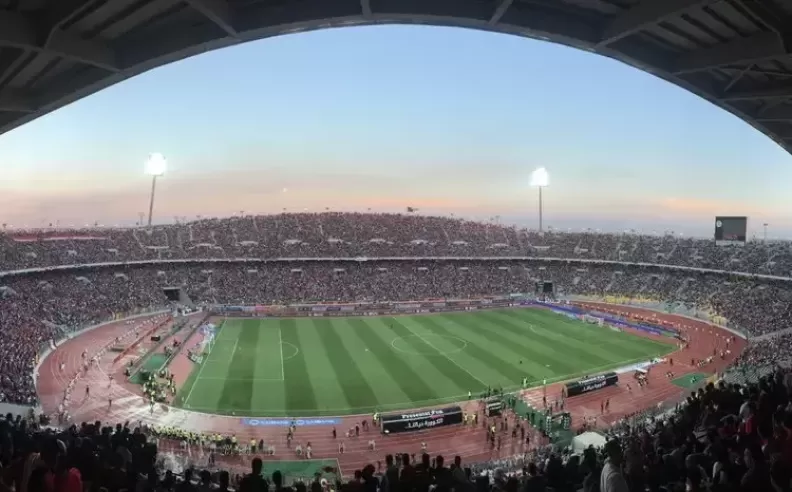
Egypt has produced some top players over the years, with superstar Liverpool forward Mohamed Salah probably being the pick of the bunch. It's no surprise, then, that the North African nation has some seriously impressive arenas for those talents to express themselves. At number 10 in our list of the biggest soccer stadiums in the world is Borg El-Arab Stadium, situated in the Mediterranean sea resort of Amreya, 25 kilometres west of Alexandria (Egypt's second-largest city).
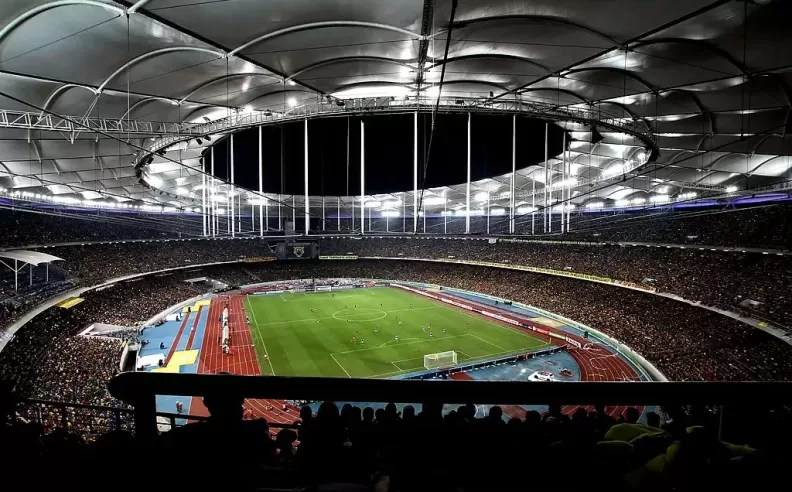
Opened in 1998, the Malaysian national football stadium is a giant ground, particularly when you consider the comparative size of Malaysia on the world soccer scene (neither the men's nor women's teams have ever qualified for the World Cup). With an official capacity of 87,411, it's the second-largest football stadium in Asia and one of the biggest in the world.
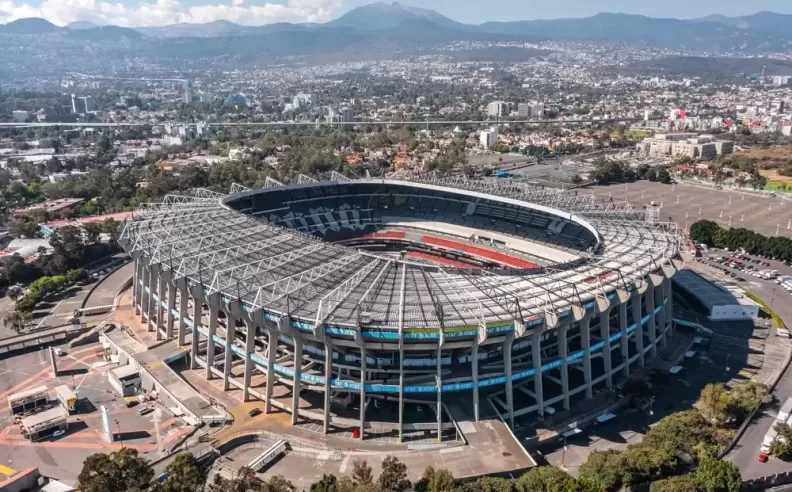
Mexico is a country known for its passionate football supporters, with the nation having hosted both the 1970 and 1986 editions of the FIFA World Cup, and its top-flight games consistently watched by huge crowds. The global image of football in Mexico is tied closely to Estadio Azteca, probably its most iconic football stadium.
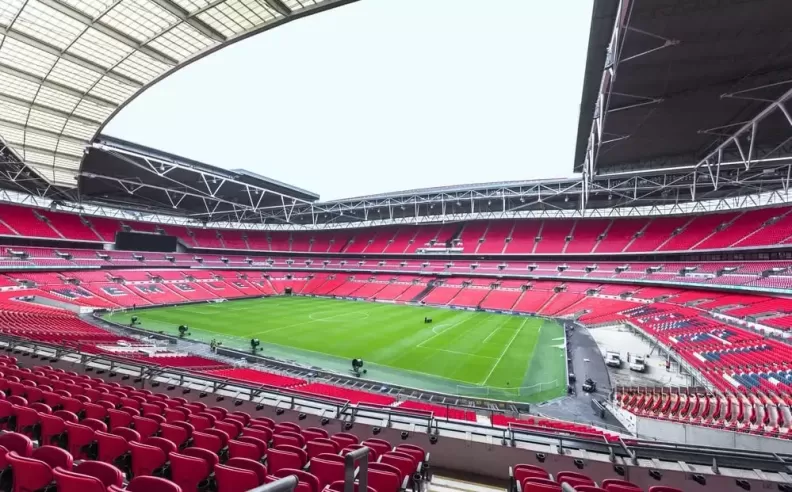
English football has undergone a resurgence in recent years, with the construction of the state-of-the-art National Training Centre at St. George's Park embodying that evolution. The groundwork was set for this development by the construction of the new Wembley Stadium, opened in 2007 to replace the historic Old Wembley as the England team's national stadium.
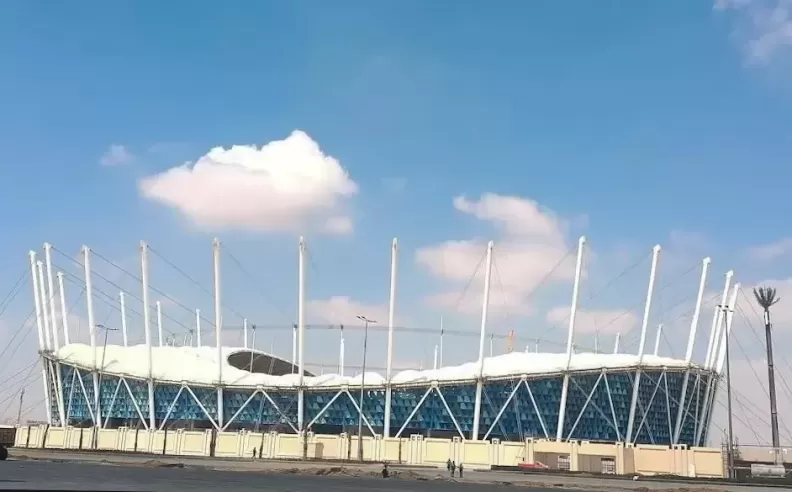
It's important to note early on that this stadium hasn't been officially opened yet, but its unveiling is expected imminently. The New Administrative Capital Stadium will replace Borg El-Arab as Egypt's biggest stadium, with a reported capacity of 93,940. This is a brand-new facility located 50 kilometres east of the Egyptian capital of Cairo, and the hugely ambitious project has been dubbed "the greatest urban planning challenge in Egypt's history".
For more information about the home of the Red Devils, check out our in-depth Old Trafford Stadium Guide.

Started my career in Automotive Journalism in 2015. Even though I'm a pharmacist, hanging around cars all the time has created a passion for the automotive industry since day 1.
